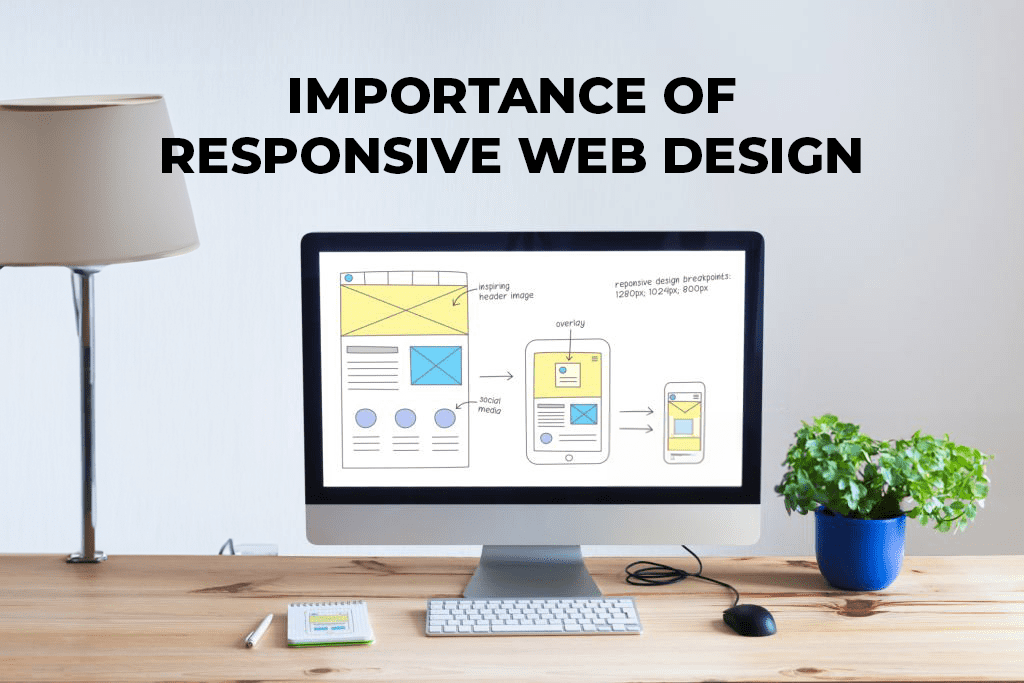Having a website that adapts to various screen sizes is no longer a luxury but a necessity given our world of smartphones and tablets. Here, responsive web design comes to the forefront. Our blog post examines why responsive web design is central to modern website development.
Eternal HighTech
The Rise of Mobile Devices
In order to grasp the importance of responsive web design, we must initially acknowledge the commonality of mobile devices. In the last decade, smartphones and tablets have changed how we access the internet. Based on Statista data from the year 2021, mobile devices made up over half (more than 50%) of worldwide web page visits. This trend is expected to continue growing in popularity.
What Is Responsive Web Design?
Utilizing responsive web design allows websites to smoothly adapt their layout and content for different screen sizes, orientation, as well as the device being used for access. With this method, people on different devices still get an optimal viewing experience on your site.
What Makes Responsive Web Design Essential?
Improved User Experience: Across different devices, a responsive website ensures consistency and usability for users. By making your content easy to navigate, read, and interact with, visitors will reduce their bounce rates and increase engagement.
Better SEO Rankings: Google rewards mobile-friendly websites with higher ranking in its search results. Adopting a responsive website design fosters better search engine rankings and ultimately grows organic traffic.
Cost-Efficiency: It can be less expensive to handle one responsive website over different desktop and mobile outlets. It can lower costs for development and upkeep.
Wider Audience Reach: A responsive design allows you to reach a wider audience, including mobile users who might otherwise abandon your site for not being mobile-friendly.
Wider Audience Reach:A responsive design allows you to reach a wider audience, including mobile users who might otherwise abandon your site for not being mobile-friendly.
Faster Loading Times:Mobile-optimized websites, key for retaining impatient mobile users, load faster.
Adaptability to Future Devices: Maintaining accessibility and functionality as new devices with different screen sizes arise, responsive designs future-proof websites.
Responsive Web Design: 5 Main Guidelines to Follow
To achieve an effective responsive web design, consider these key principles:
Fluid Grids: Choose relative units, such as percentages, over fixed pixels when arranging layouts so the displayed content can easily adapt to different display resolutions.
Media Queries: Use CSS media queries to adapt the design for various devices by applying different styles based on screen width.
Flexible Images and Media: Make sure images and media elements can adapt to different screens, maintaining quality and avoiding layout issues.
Mobile-First Approach: Design with mobile screens as the starting point and gradually refine the experience on larger displays to ensure compatibility across different platforms.
Test Across Devices: To ensure a reliable user experience across many devices and browsers, regularly check your website.
Conclusion
A fundamental principle of responsive web design is its necessity for website success in the modern age. It increases user experience, improves search engine rankings, and ensures mobile compatibility for the growing audience. By adopting responsive design principles, you can not only satisfy current visitors but also optimize your website for upcoming changes in the digital realm. Remember: a responsive website is not an extra but essential.


